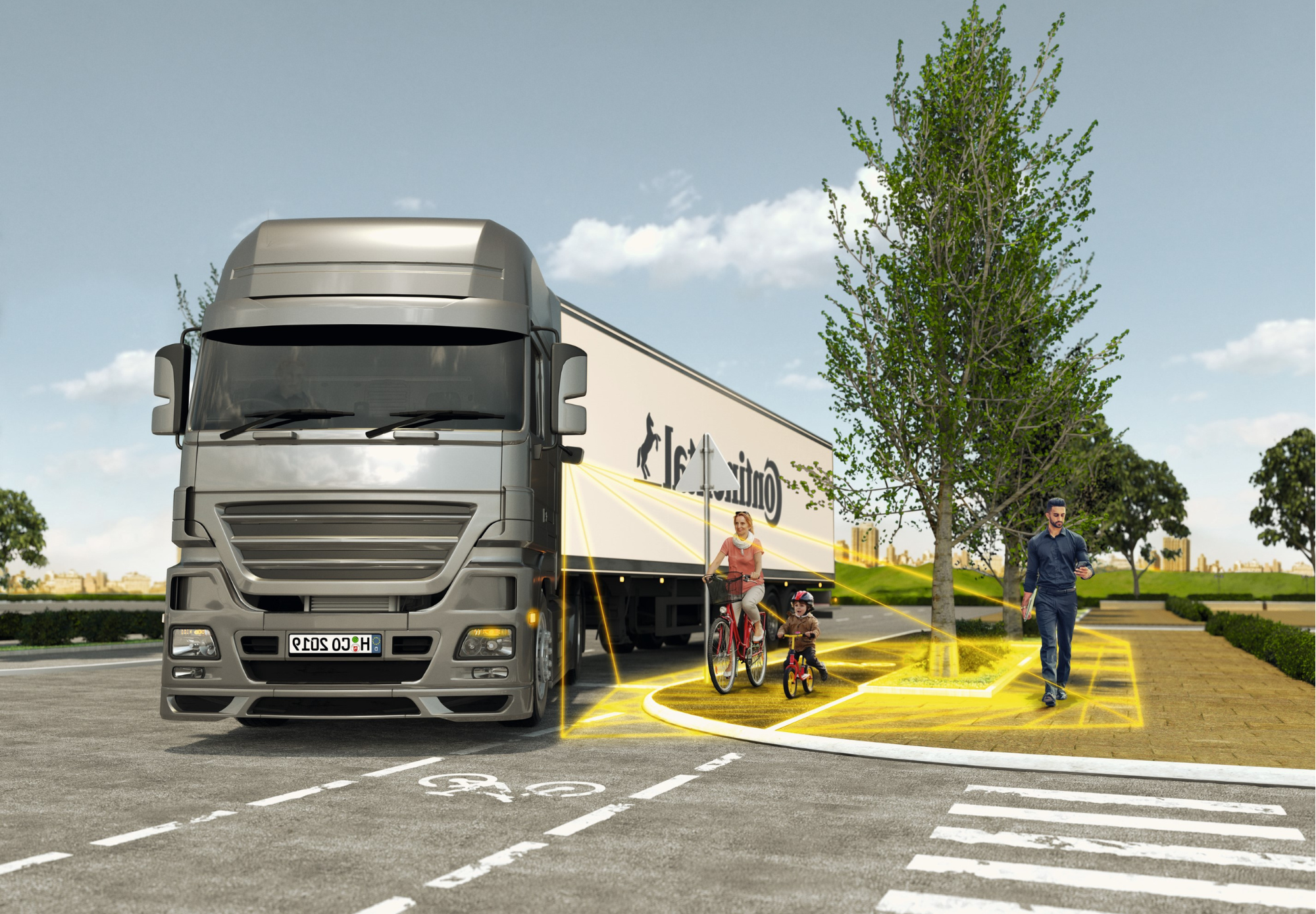Improving Truck Driver Visibility with MAX-SAFE
Blind spots at the front, corner and sides of heavy vehicles are often the main cause of collisions with vulnerable road users, resulting in...

CLOCS-A now in force in NSW; Victoria underway
One year after giving notice, Transport for NSW (TfNSW) now requires all heavy vehicle contractors working on TfNSW projects to comply with relevant CLOCS-A standards.
This requires vehicles to have many of the blind spot monitoring and vulnerable road user protection solutions that SGESCO-MAXoffers installed on their vehicles.
Without such solutions, companies will be unable to tender for over $50 billion of roads and public transport projects that NSW government is delivering as part of their Future Transport Strategy 2056
Based on a UK system, CLOCS-A (Construction Logistics & Community Safety Australia) is a national standard for ensuring the safest construction vehicle journeys, thereby reducing risk to vulnerable road users, improving air quality and congestion, and driving operational efficiencies.
It has three tiers, (Bronze, Silver & Gold) that progressively require more comprehensive safety solutions on heavy vehicles according to the features of the vehicle, scope of works, vehicle movements, and risks to VRUs.
With mounting calls for the Australian construction industry to voluntarily adopt the CLOCS-A standard – and a slowness to do so – in August 2025 the NSW government stepped in and mandated it for the safety of the state’s Vulnerable Road Users.
Statistics from the UK show that 4 out of 5 VRUs killed by construction vehicles in 2023 happened outside of the hoarding. This highlights that the risk is significantly higher on public roads and pavements adjacent to construction sites, with construction vehicles, and plant machinery entering and exiting the site, posing a serious risk pedestrians and cyclists. Furthermore, statistics showed that HVs were responsible for 1% of traffic on roads but 10% of all VRU fatalities.
Consequently, TfNSW made increasing the safety of heavy vehicles through CLOCS-A a priority area of their 2026 Road Safety Action Plan.
With NSW's population set to reach 10.5 million people by 2046, up from 8.6m today, the state continues to develop its Greater Sydney motor network, Western Sydney road projects and regional road projects. As well as being a significant investment inimproving road infrastructure in support of population growth, these projects, often co-funded federally, aim to improve community connectivity, and enhance safety across New South Wales.
The state has set targets by 2030 to reduce road fatalities by 50% and reduce serious injuries by 30%. Mandating key heavy vehicle safety features is one of five measures they are using to accomplish this.
Many of the heavy vehicles working on construction projects will use suburban and country roads that are shared roads used by VRUs. With active transport increasing exponentially in NSW there will be more VRUs on shared roads in future years.
Due to their shape and size, most trucks have larger blind spots than other vehicles, making it difficult for them to see and be aware of VRUs. They also take longer distances to stop, increasing the risk to VRUs.
CLOCS-A is one measure that aims to remedy that.
“Implementing these requirements now will ensure construction practices become aligned to safety needs,” said Scott McPherson, Managing Director of SGESCO-MAX.
The CLOCS-A Bronze, Silver, and Gold requirements are designed to make HV drivers aware of VRUs around their vehicle and to respond accordingly. In some instances, this may mean having the vehicle brake before a driver has time to do so – if collision is imminent. The standards also require that VRUs outside of the vehicle are warned of the vehicle’s movement and impending danger.
SGESCO-MAX has proven safety technology to meet specific Bronze, Silver and Gold requirements.
BRONZE:
SILVER
GOLD
“The introduction of CLOCS-A standards will herald a new era of safety and efficiency in construction and logistics projects,” notedScott. “Accidents cost lives, stall projects, increase insurance costs and dint reputations.
“Early adopters of our MAX-SAFE solutions can attest to their near perfect reliability (99.9%) in detecting VRUs 24 hours a day. It’sa win for everyone;”
After too many cyclists and pedestrians were killed in metro Melbourne in recent years, The Melbourne Metro Tunnel Project, currently one of Australia’s major transport infrastructure projects, prioritised their safety by mandating the installation of left-turn audible alarms on all contracted heavy vehicles.
This project, involving tunnelling works and station development, was delivered jointly by the Cross Yarra Partnership Consortium of Lendlease Melbourne Metro, John Holland, Bouygues Construction, John Laing and Capella Capital.
The mandated solution proved to be highly affordable and effective in warning VRUs, paving the way for its adoption on other projects across the state.
“With planning authorities and the public demanding construction companies improve their safety responsibility to Vulnerable Road Users, momentum for CLOCS-A Compliance across Australia is building,” said Scott. “Every construction company needs to step up and do their bit to make our roads safer. The time to act is now so companies can position themselves as being sateyresponsible when it comes to VRUs.)
The full list of minimum requirements for NSW Contractor vehicles can be found here.

Blind spots at the front, corner and sides of heavy vehicles are often the main cause of collisions with vulnerable road users, resulting in...

Australia’s resource sector, which employs around 320,000 people, accounts for over 60% of our export revenue. As a key pillar of Australia’s...

The Brisbane 2032 Olympics will herald a construction boom across SE QLD. With that comes increased risks to Vulnerable Road Users. Will SE QLD...